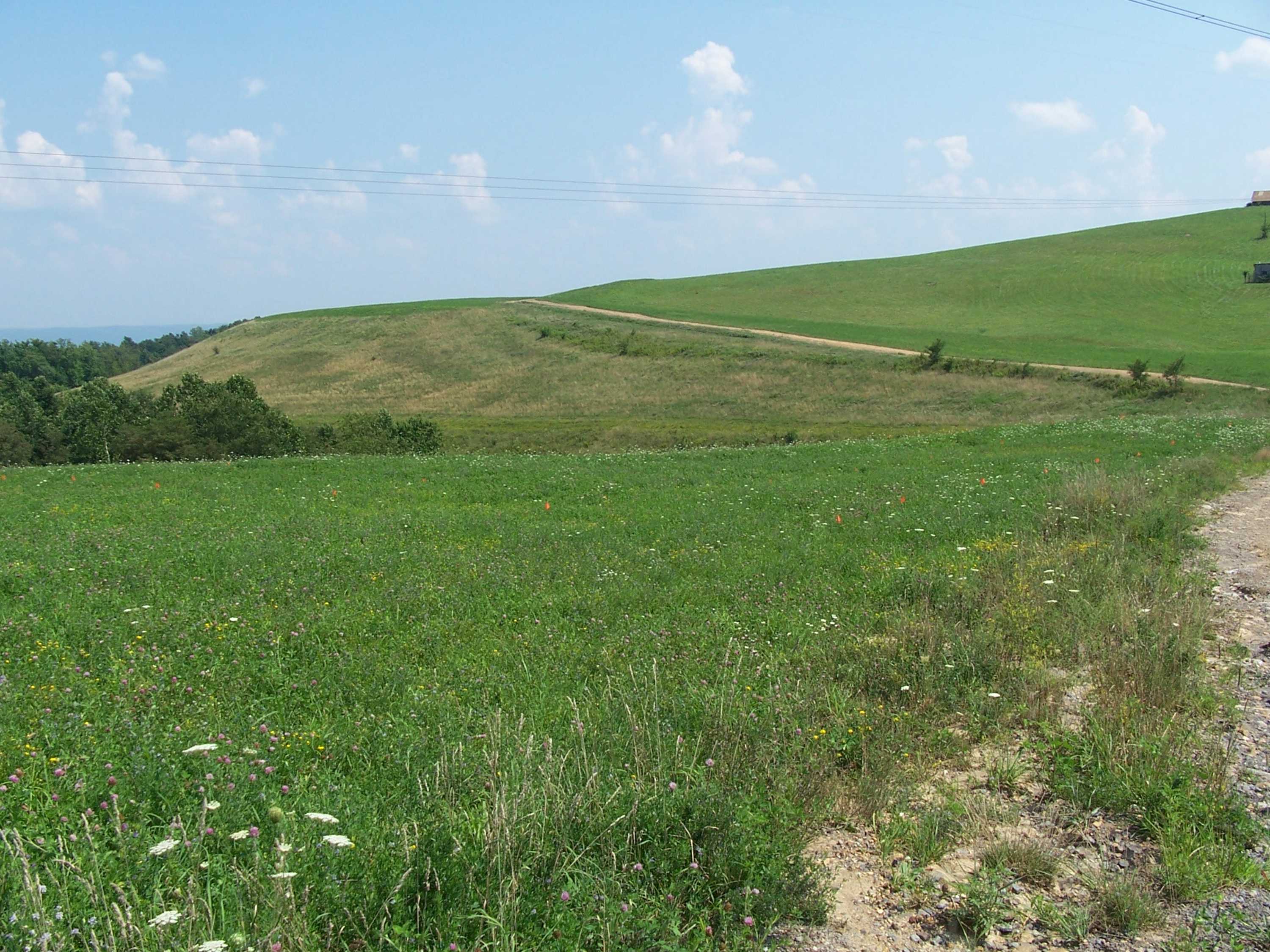Carbon Storage Atlas
- Why This Location
- Main Research Q&As Discovered
- Lessons Learned
- Story of Interest
- Links to EDX
- Sites
Site: Reclaimed Mine Lands – West Virginia University
Lat/Long
Various reclaimed mine land plots in West Virginia.
Terrestrial Reclaimed Mine Lands: 39.63667, -80.032091
Why this Location?
Locations were selected by West Virginia University (WVU) to represent variability in mine land soils.
Main Research Q&As Discovered
The overall objective of this project was to estimate the amount of soil carbon that may be stored in mine sites reclaimed to grass and/or legumes. A secondary objective of the project was to assess the tradeoffs between existing land management activities and those that enhance carbon storage. The results of the soil organic carbon (SOC) analyses indicate that carbon does accumulate in mined land reclaimed to pasture/grass, but the variability of SOC accumulation across sites is significant. Depending upon the market mechanisms, the SOC accumulating under pasture systems may or may not count towards carbon dioxide (CO2) emission reduction requirements. If the business-as-usual carbon accumulation is considered a CO2 offset (as the Chicago Climate Exchange [CCX] market did), then planting pasture could offer additional income streams to the mine operator/landowner. Reclaimed mine land planted to forest could store 2.6 to 5.5 million metric tons of CO2 per year over the CO2 accumulation in pasture soils when the carbon accumulation in aboveground biomass, litter layer, and soils are included. This represents the marketable CO2 that could occur under the European Union Emission Trading Scheme (EU-ETS) CO2 market system. The CCX carbon trading scheme would count the 5.4 to 9.9 million metric tons of CO2 per year that accumulates in forest, increasing the offset potential of forest on reclaimed mine sites.The main objectives of this study included demonstrating carbon sink capacity for croplands; developing credible measuring, monitoring, and modeling protocols to evaluate carbon sink capacity; and assessing the mechanism of carbon storage. The findings from the research showed that the quantity and rate of carbon loss and carbon storage depends on soil type, texture and drainage, tillage intensity, and duration of no-till (NT) management. A rapid decrease in soil organic carbon (SOC) and nutrients occurs when forest soils are cultivated. The NT management practices potentially restore SOC that was otherwise depleted due to the tillage practices. The NT practices improve the SOC and, hence, the soil hydraulic properties (such as water retention, hydraulic conductivity, and pore size distribution) compared to mold board plow and chisel plow. The crop residue left on top of the soil in NT practices improves the soil hydraulic properties. The geographic information system (GIS) studies conducted under the Midwest Regional Carbon Sequestration Partnership (MRCSP) project showed that SOC can be estimated at a larger (state and regional) scale. While the soil sampling at the state and regional scale is expensive and time consuming, the GIS findings showed that surface interpolation methods (e.g., ordinary kriging, multiple linear regression, geographically weighted regression [GWR] and regression kriging) can be used to estimate the SOC pool at a larger scale. The SOC pool to 50 centimeters soil depth for the MRCSP region was calculated to be 6.21 billion metric tons. A higher SOC pool in the region was attributed to the high rainfall, low temperature, and the presence of Histosols and Mollisols in this region.
Lessons Learned
The heterogeneity of reclaimed mine soils increases the number of soil samples required for verification. To attain a minimum of 10% deviation in the carbon storage rate would require approximately 20 to 60 soil samples from the mine sites. Carbon accumulation rates on reclaimed mine lands are predominantly dependent upon the vegetative cover, planted for the reclamation activity, and the climatic region. Reclaiming mined land to forest increases the amount of stored carbon because not only soil organic carbon (SOC) storage, but also above- and below-ground biomass carbon accumulation is considered in the assessment of the total amount of stored carbon.
Story of Interest
The reclaimed marshlands site was located at the Blackwater National Wildlife Refuge, a wetland of international importance named in the International Convention on Wetlands. The Nature Conservancy calls it one of the “Last Great Places.” Others have labeled it as the “Everglades of the North.” The research team examined two tidal marshes – one restored in 2003 using dredged material and a natural marsh. Research revealed the rate of carbon storage and total amount of carbon that can be stored in restored versus natural marshes. During a stakeholder tour of the field site, visitors also learned first-hand how marshlands can also “store” boots and shoes if you are not careful where you are walking!




